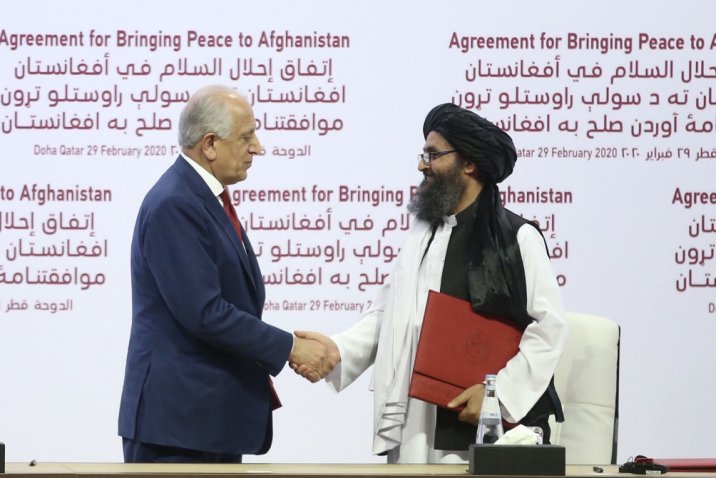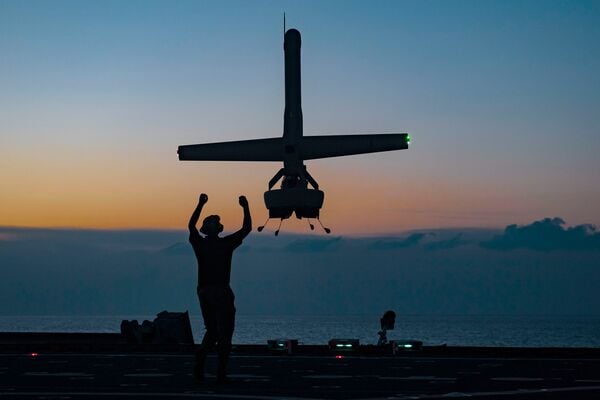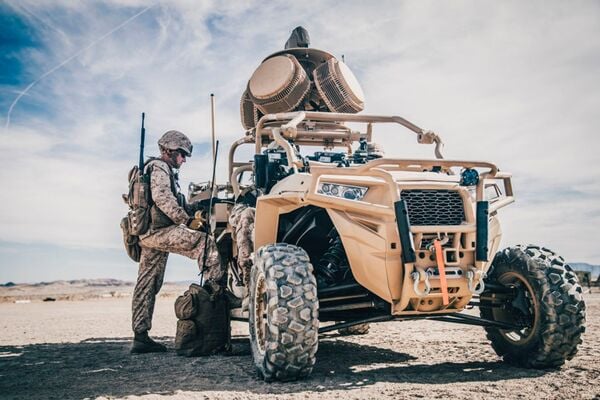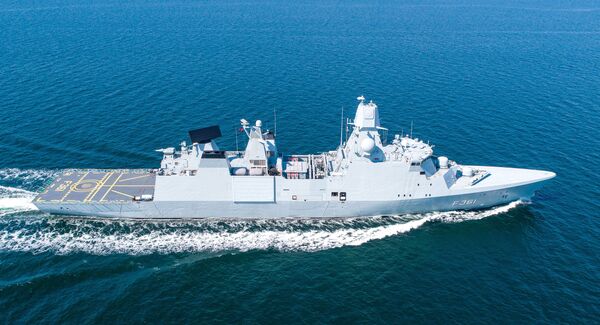- About
- Intara
- Capabilities
- Advisory
- Resources
- News
- Store
Taliban peace deal at risk amid renewed internal divisions and regional rivalries
03 July 2020
by Antonio Giustozzi
As the end of 2019 approached, Taliban leader Haibatullah Akhundzada appeared on course to finally fully consolidate the group and its multiple fronts and factions under his leadership, having eliminated the competing centres of power that have characterised the Taliban throughout its existence. The powerful hardline Haqqani Network appeared to have somewhat receded from its overt position of seeking a military, rather than political, resolution to the insurgency, which was likely a consequence of pressure exerted by the faction’s Saudi and Pakistani donors in an attempt to preserve the United States-Taliban peace agreement.

US Special Representative for Afghanistan Reconciliation Zalmay Khalilzad (left) and Taliban co-founder Mullah Abdul Ghani Baradar (right) shake hands after signing peace agreement between the US and the Taliban in Qatar’s capital, Doha, on 29 February 2020. (Getty Images.)
Navy League 2024: Unmanned surface and aerial vehicles move from experimental to operational considerations
16 April 2024
by Michael Fabey


The V-Bat UAV, shown here during testing, is becoming the UAV of choice for US forces. (US Navy)
Military planners and operators are beginning to consider unmanned surface and aerial vehicles in a more operational light given recent successes in experiments and in the battlespace, according to defence analysts.
One case in point is the Long-Range Unmanned Surface Vessel (LRUSV) the US Marine Corps (USMC) plans to use as a semi-autonomous vessel for extended travel and transporting loitering munitions that accurately track and destroy targets on sea or land and serve as an intelligence, surveillance, and reconnaissance (ISR) platform, according to Bryan Clark, senior fellow and director of the Center for Defense Concepts and Technology at Hudson Institute.
“Marines are looking at that for unmanned logistics,” Clark told Janes on 31 March in an interview in advance of the Navy League Sea-Air-Space global maritime exposition held from 8 to 10 April in National Harbor, Maryland.
“They want to move materiel between the islands for the MLRs [Marine Littoral Regiments],” Clark said.
USMC plans to buy high-power ULTV variant
11 April 2024
by Aaron Lin


A marine programs a counter-unmanned aircraft system on a Light Marine Air Defense Integrated System (LMADIS) during a predeployment training exercise at Marine Corps Air Ground Combat Center, Twentynine Palms, California. (US Marine Corps)
The Ultra Light Tactical Vehicle (ULTV) programme – a US Marine Corps (USMC) replacement for the ageing Utility Task Vehicle (UTV) – will now include a variant with more exportable power, according to Janes analysis of budget documents.
The fiscal year (FY) 2025 budget request is the first time the ULTV-High Power (ULTV-HP) has funding for procurement, adding up to roughly USD5.99 million for 40 vehicles in that year. USMC justification documents indicate that it “provides exportable electrical power generation in support of the requirements for [the] kill web integrating system”.
Danish frigate Iver Huitfeldt returns from Red Sea deployment
05 April 2024
by Neil Dee


The Royal Danish Navy (RDN) frigate HDMS Iver Huitfeldt (pictured in October 2021) has returned to Korsør from deployment in the Red Sea. (Michael Nitz)
The Royal Danish Navy (RDN) frigate HDMS Iver Huitfeldt (F 361) returned to Naval Station Korsør, Denmark, on 4 April following its deployment in the US-led multinational task force Operation ‘Prosperity Guardian', Danish Defence Command has confirmed.
The frigate's return was originally scheduled for mid-April and comes amid controversy over the performance of the frigate's combat systems during the deployment.
Iver Huitfeldt sailed from Korsør on 29 January and transited the Suez Canal on 8 February, the Danish Ministry of Defence (MoD) confirmed. During the deployment, Iver Huitfeldt had a self-defence and extended self-defence mandate, according to the MoD, which meant that the frigate and its crew could use force to protect themselves and nearby ships from attacks by Yemeni rebel group Ansar Allah (commonly known as the Houthis) but could not participate in US-led offensive operations against the Houthis.
As the end of 2019 approached, Taliban leader Haibatullah Akhundzada appeared on course to finally f...
Latest Podcasts
Iran Israel analysis
In this podcast Janes analysts discuss the Iranian attacks on Israel on the 14 April. They highlight the military systems used by Iran and the performance and impact of these on Israel. They also discuss the implications of this attack goi...
Listen nowJanes Case Studies
Using Janes Intara to build a common intelligence picture: Russian build up on the Ukrainian border
View Case StudyNews Categories
 Security Details
Security Details